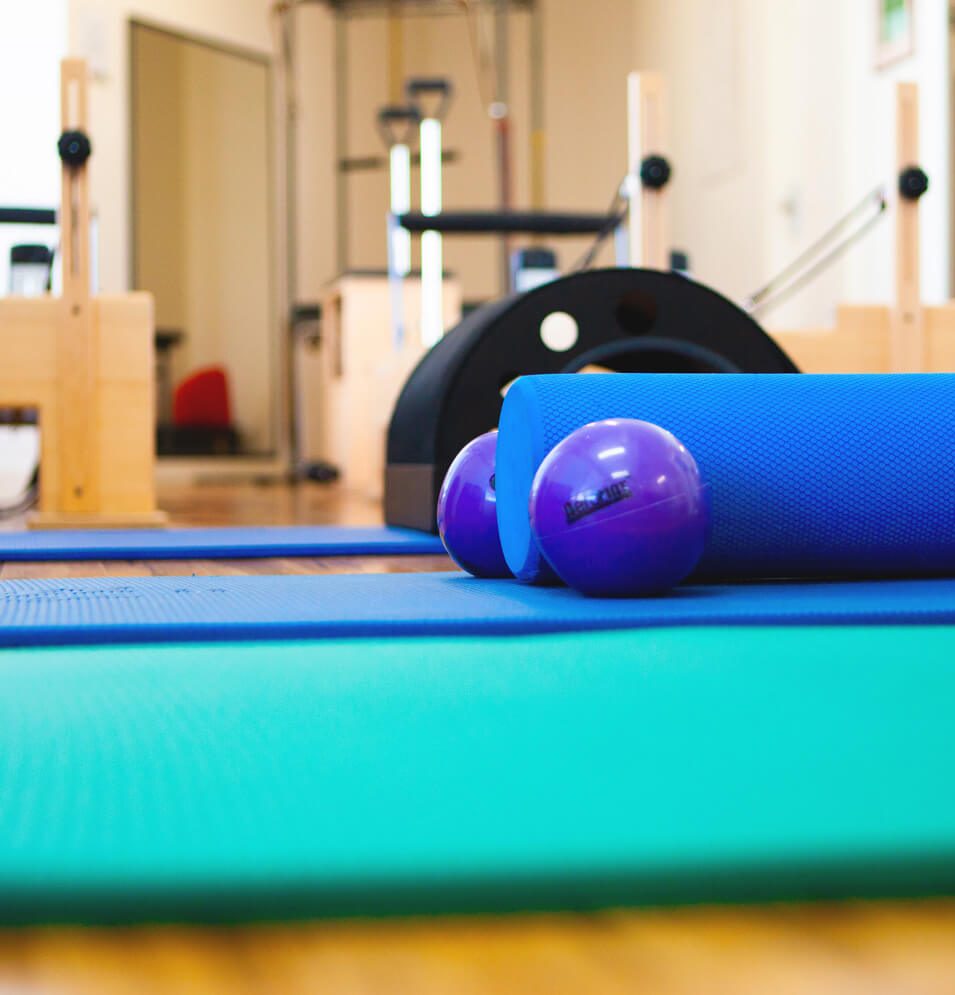Osteitis Pubis or pubic bone stress injury is a condition that predominantly affects the sporting population and can be severely limiting.
Where the superior rami of the pelvis connect there is a cartilaginous joint called the pubic symphysis.
It is at this site where symptoms of osteitis pubis typically present, however pain can refer to the hip, inner thigh and lower back.
There are a number of factors that can impact upon the presentation and rehabilitation involved with this injury, however no ‘gold standard’ has been identified when it comes to prognostic indicators.
People with this condition often rest for a period of time, which alleviates their symptoms but note their pain returns upon resumption of activity.
This comes down to the fact that rest has allowed the persons pain and irritation to settle, however the causative factors have not been addressed.
Thorough assessment is required to identify any deficiencies that may be causing an overload of the pubic area.
Just like any other injury adequate rehabilitation is required to correct this.
Review with a physiotherapist and sports doctor may be required to map out a rehabilitation program to gradually return to sport.
Because groin pain can be complex your physiotherapist may also want to clear other areas such as your lower back and hips as the source of your pain.
This may also involve consultation with a sports doctor and/or imaging.
What is the cause?
The cause of this injury is an overload of the pubic symphysis that the body does not adequately adapt to leading to a stress response of the pubic area.
This build up of stress can be caused by:
- Poor lumbo-pelvic control/muscle weakness
- Abdominal muscle overactivity
- Lack of hip range of motion
- Significant increase in exercise/activity (particularly dynamic and agility work)
It is more common in sports (eg. AFL, football/soccer) where players kick on the run, and have sudden changes of direction or favour one side of their body.
What will you feel?
- Pain may initially be in the adductor (groin) muscles
- Pain is relieved with rest
- An increase in pain through the groin area during and after activity
- Significant pain the morning after
- Inability to reach full pace or kick long distances
- Sharp pain with lateral movements
What should you do initially?
Your physiotherapist or sports doctor will dictate initial management.
This generally involves a period of rest until your pain settles to a point where rehabilitation can begin.
A doctor may prescribe anti-inflammatories and imaging modalities such as MRI may be useful to indicate what stage your condition is at and to exclude other injuries/pathologies.
What type of rehabilitation is best?
Conservative management is the preferred rehabilitation.
As mentioned a period of initial rest is required to ensure you are pain free prior to beginning your rehabilitation program.
From here a specific program will be required to address the factors that led to overload of the pubic symphysis.
Stage 1
- Address muscle tightness or increased tone using soft tissue massage and dry needling
- Stretching program
- Strengthening program (generally targeting gluteal and lumbo-pelvic control)
Stage 2
- Functional strength program
- Return to run program (target distance followed by intensity)
Stage 3
- Sport specific drills
- Dynamic and agility exercises
If rehabilitation fails to progress at any point review with a sports doctor would be advised for further investigation.
How long until you return to sport?
Severity of symptoms and response to rehabilitation will dictate your return to sport.
Pain will be your best guide when it comes to this, however full resolution of symptoms may take anywhere from 2-6 months.
Pre-season screening has become an integral part of identifying risk factors for ‘OP’ so seeing your physiotherapist prior to the sporting season is very important.
For further information, see your local Lifecare practitioner. Click here to find your closest Lifecare clinic.

